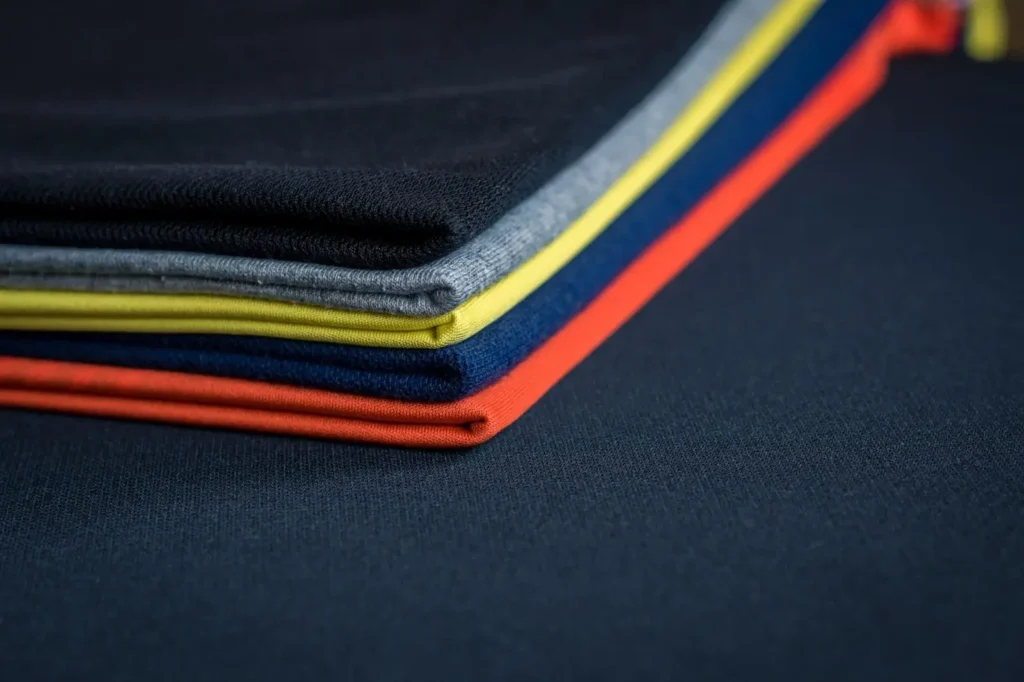Top 10 Sportswear Fabrics for Athletes
The sportswear fabric is an important element. It can affect performance, comfort, and the environmental impact of the apparel. The demand for high-quality sportswear is growing. As a result, the innovation in the materials used to create these garments is also increasing. This evolution has led to the development of sportswear fabrics. They are functional, comfortable, and sustainable too. Let’s explore the top 10 sportswear fabrics in synthetic and sustainable categories. Sportswear brands such as Nike, Adidas, Lululemon, and Patagonia use these fabrics. These brands focus on combining performance with sustainability. They cater to a wide range of consumer needs in the sportswear market.
Polyester is the most common fabric in sportswear. It’s strong, resilient, and easy to maintain. This synthetic fiber dries fast, resists shrinking, and is durable. It’s ideal for all sportswear, from running shorts to soccer jerseys. Its moisture-wicking capabilities keep athletes dry and comfortable.
Nylon stands out for its exceptional strength and elasticity. It is vital in the production of sportswear. This fabric is resistant to water. It also dries fast, making it perfect for outdoor sports apparel. Nylon’s strength ensures that sportswear can withstand intense physical activity.
Spandex, known for its extraordinary stretchability, offers freedom of movement. Sportswear that demands flexibility uses it. This fabric is woven into leggings, compression garments, and swimwear. It supports muscles without restricting motion. Spandex is resilient. It ensures garments keep their shape and fit, even after repeated use.
Polypropylene is a lightweight and breathable fabric. It’s often used in thermal wear and active socks. Its ability to repel water makes it an excellent choice for base layers. It keeps moisture away from the skin. This ensures the wearer stays dry and warm during cold-weather activities.
The sportswear industry is seeing a significant shift towards sustainable materials. These materials offer eco-friendly alternatives without compromising performance.
Tencel is a sustainable fabric made from wood pulp. It stands out for its environment-friendly production process and exceptional comfort. It offers superior moisture management, breathability, and softness. This makes it perfect for practice sessions.
Recycled polyester comes from post-consumer plastic bottles. It’s a sustainable alternative to polyester. This innovative approach reduces waste and energy consumption. It offers a second life to plastics. It doesn’t sacrifice the essential functional qualities for high-performance sportswear.
Farmers cultivate organic cotton without using harmful chemicals. This makes it a more sustainable choice than conventional cotton. It’s soft and breathable. It’s ideal for low-impact activities. It provides eco-conscious athletes with a comfortable option that aligns with their values.
Hemp is a robust, fast-growing crop. Its fabric requires minimal water and no pesticides, making it environmentally friendly. Hemp fibers produce clothing. The clothing is breathable, absorbent, and resistant to bacteria and UV light. It is suitable for casual sportswear.
